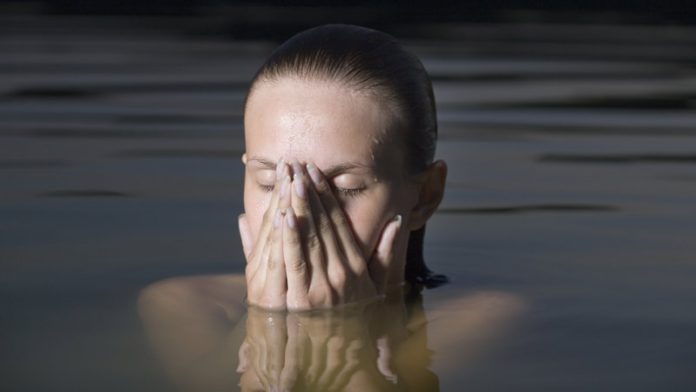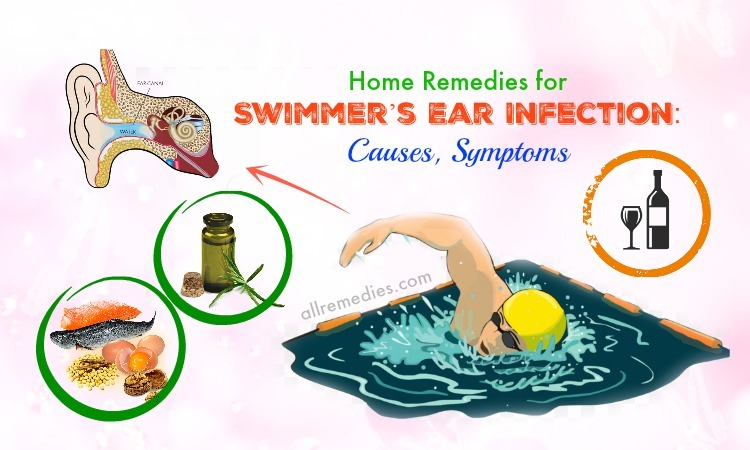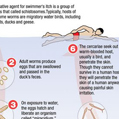

Whether or not you’ve had swimmer’s itch before, if you are someone that loves the water and wants to avoid it, the team at Waterfront Restoration is here to share our secrets about how to help prevent swimmer’s itch. If you’ve had it, then you also know that it is an irritating rash that can come on somewhat suddenly.Įveryone’s reaction to swimmer’s itch is different, and not everyone will have a severe reaction. Click on Report your Itch.Many Minnesotans have likely experienced swimmer’s itch at some point in their lives, especially if you have a lakefront property or spend most summer days swimming at the lake. Then, report your Swimmer’s Itch at swimmeritch.ca. If reaction is serious, seek medical assistance.

Take an over-the-counter anti-histamine.Apply an over-the-counter topical anti-itch cream/ cortisone cream.To stop the itching and to avoid secondary infection: To stop the initial tingling-wipe the area with white vinegar or salt water. To treat swimmer’s itch once you have it: Once you get Swimmer’s itch, what is the treatment?

Scrub with brown soap (Fels Naphtha) and a rough wash cloth
#TREATMENT FOR SWIMMERS ITCH SKIN#
Try to create a waterproof barrier on your skin by applying sunscreen, baby oil, coconut oil or other lotions and then a swimmer’s itch cream before swimming.Like mosquito bites, you can reduce your exposure to Swimmer’s Itch: What can you do to reduce your chance of getting Swimmer’s Itch? Making it hard to predict what beach is safe to swim in. Distribution and number of infected snail species.Distribution and number of bird species infected with the parasitic flatworm.Which shore area contains the parasitic flatworm larvae depends on numerous factors: You are more likely to come in contact with the flatworm larvae when you are: It can persist throughout the summer season. The season’s first case of swimmer’s itch usually occurs after the first extended period of warm, calm weather in late May or early June. When and where can you get Swimmer’s Itch? When: The parasitic larvae cannot distinguish between duck and human, so they try to enter through your skin while wading and playing in the shallow water. The cycle repeats itself, going back to Step 1. Microscopic cercariae then swim up toward the sunlight at the water surface and search for a Merganser duck. In snails, the larvae further develop into wormlike larvae, called cercariae, and are released from their host snail back into the water. In the water, the eggs hatch releasing swimming larvae which burrow into snails. When an infected water fowl excretes, it releases the parasite flatworm eggs. Mallard ducks, geese and even muskrats can carry different parasitic flatworm species.Merganser ducks can travel 1-2 miles along a shoreline each day.Most all of the young Merganser chicks carry the flatworm while only half of the adult birds do.In Michigan, Common Merganser ducks are the species that most commonly carries the Swimmer’s Itch flatworm in their digestive tract. The natural cycle involves 2 hosts for different life stages of the parasitic flatworm.


 0 kommentar(er)
0 kommentar(er)
